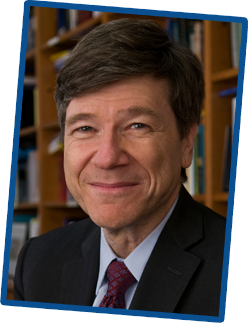Microfinance is the practice of providing microloans, microsavings,
and microinsurance to the poor, in an effort to foster small
scale entrepreneurship. It breaks the cycle of poverty by providing
services to the poor who do not have a credit history or collateral
to borrow against, and are therefore ineligible for traditional
financial services.
Small loans provide the working capital to grow a business,
allowing the poor to create a sustainable livelihood and exert
greater control over their financial future as they improve
their lives and the lives of their families. As a business generates
profits, entrepreneurs build assets, save money, and provide
food for their families, while sending their children to school.
In addition, as their businesses expand and they hire employees,
the overall community’s economy improves.
Microfinance leverages donations to provide additional lending
resources from initial donated capital. For example, a $100
donation can be multiplied three to five times, and then recycled
to multiple borrowers, often more than ten times. This means
the original $100 can be worth up to $5000 and shows the multiplying
power of microfinance.

Increased income for families leads to more education, better
health, improved diet and nutrition, and greater resilience
to disasters for poor families. In addition, additional income
generated through micro loans lays a foundation that allows
other humanitarian interventions to be effective while providing
the economic engine that allows the transition from dependency
to sustainability.
Additional financial options lead to increased average household
earnings and the ability to save for times when a business slows,
a child gets sick, or a crisis occurs. In addition, communities
are able to pay for services like schools, clinics, and water
wells, moving from dependence on aid to self-sustainability.
As businesses thrive, people move from a survival-only style
of living to a position where their hopes and dreams, particularly
for their children, can become reality. Thus children are the
primary beneficiaries of microfinance, albeit indirectly.
"Empower the community, and you have a whole new vista
of aid. It's not going to be shipping the food after the
drought, it's going to be watching communities get on their
feet, and stay on their feet, and lead themselves out of
extreme poverty. VisionFund contributes importantly to these
efforts, bringing microfinance to those in need, and thereby
empowering them to raise their productivity and household
incomes on the path out of poverty."
Professor Jeffrey D. Sachs
Director, the Earth Institute at Columbia University
